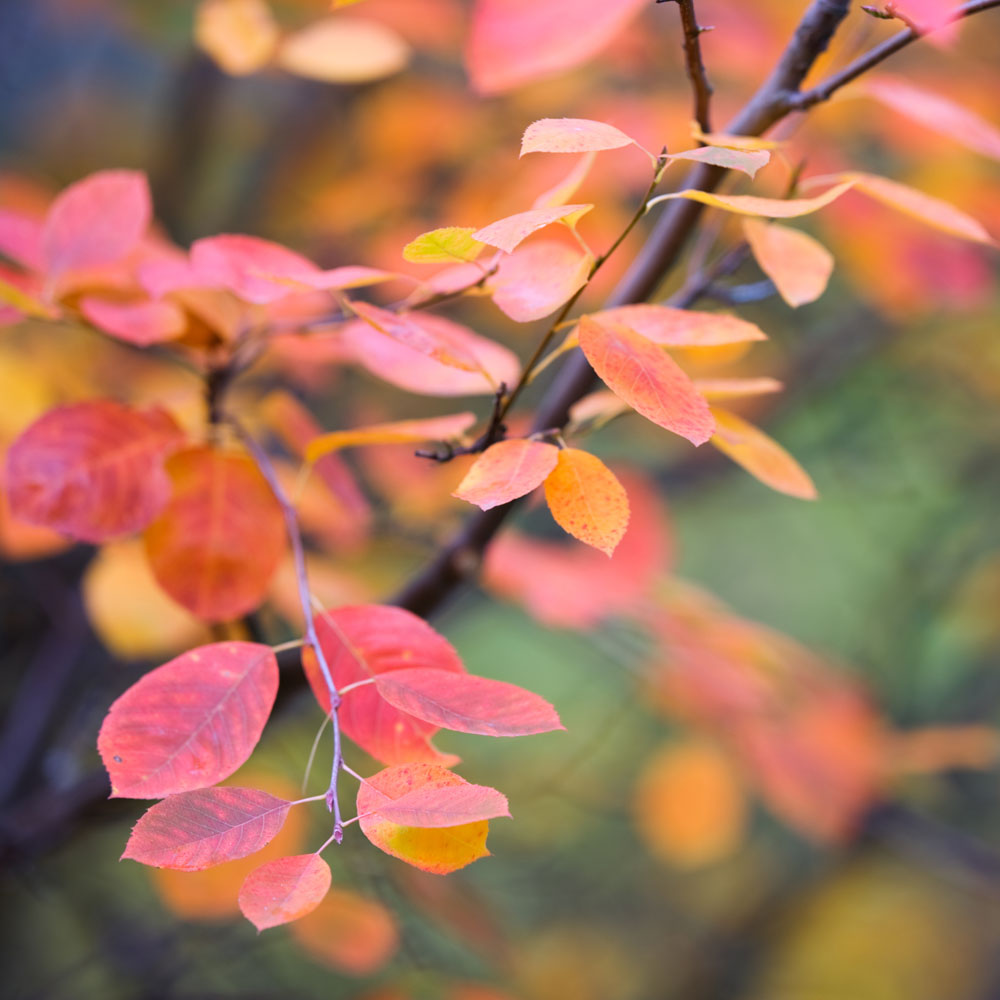Description
Amelanchier alnifolia ‘Obelisk’ is a deciduous shrub or small tree that is valued for its upright, columnar growth habit, attractive foliage, and showy spring flowers. This cultivar is also known as the Saskatoon serviceberry ‘Obelisk’. ‘Obelisk’ is an excellent choice for a wide range of landscape uses, including as a specimen plant, hedge, or screen. It can also be planted in groups or massed for a stunning effect. The plant is low-maintenance, easy to grow, and relatively pest and disease-resistant. It can be propagated by seed or softwood cuttings.
Key Facts
- Common Name(s):Alder-leaved serviceberry ‘Obelisk’
- Hardiness:Fully hardy
- How big will I get? Amelanchier alnifolia ‘Obelisk’ can grow to a height of 4m and a spread of 3m.
- Did You Know That:The wood of Amelanchier alnifolia is very hard and dense, making it useful for tool handles, fence posts, and other construction projects?
Plant Calendar
A rough guide to how this plant will change through the year.
| Jan | Feb | Mar | Apr | May | June | July | Aug | Sept | Oct | Nov | Dec | |
| Flowering Time | 
| 
| ||||||||||
| Foliage Colour |   |
  |
  |
 |
 |
 |
  |
  |
  |
| J | F | M | A | M | J | J | A | S | O | N | D |

| 
| ||||||||||
  |
  |
  |
 |
 |
 |
  |
  |
  |
Care Guide

Soil Requirements
Amelanchier alnifolia ‘Obelisk’ prefers soil with good drainage and does not tolerate standing water. This plant is not tolerant of alkaline soil, it requires either a neutral or acidic soil to grow.

Best Position
Amelanchier alnifolia ‘Obelisk’ can handle either an exposed or a sheltered position and can cope with either full sun or partial shade.

Maintenance
Amelanchier alnifolia ‘Obelisk’ is fairly low maintenance and doesn’t require any pruning.

Pest, Diseases and Wildlife
Amelanchier alnifolia ‘Obelisk’ can have problems with aphids and thrips, it can be vulnerable to certain diseases such as rust and leafspot. It is also known to attract bees and birds.











